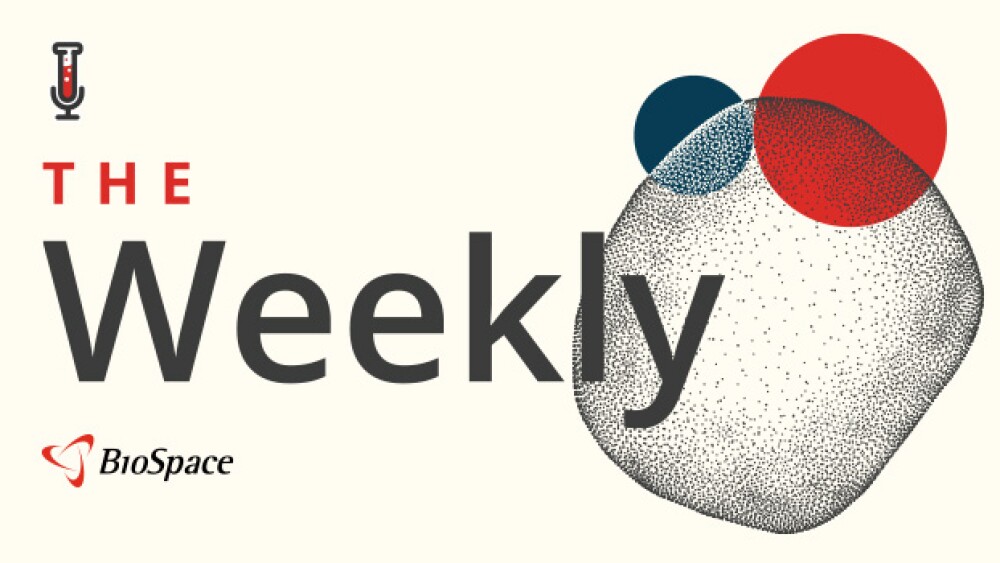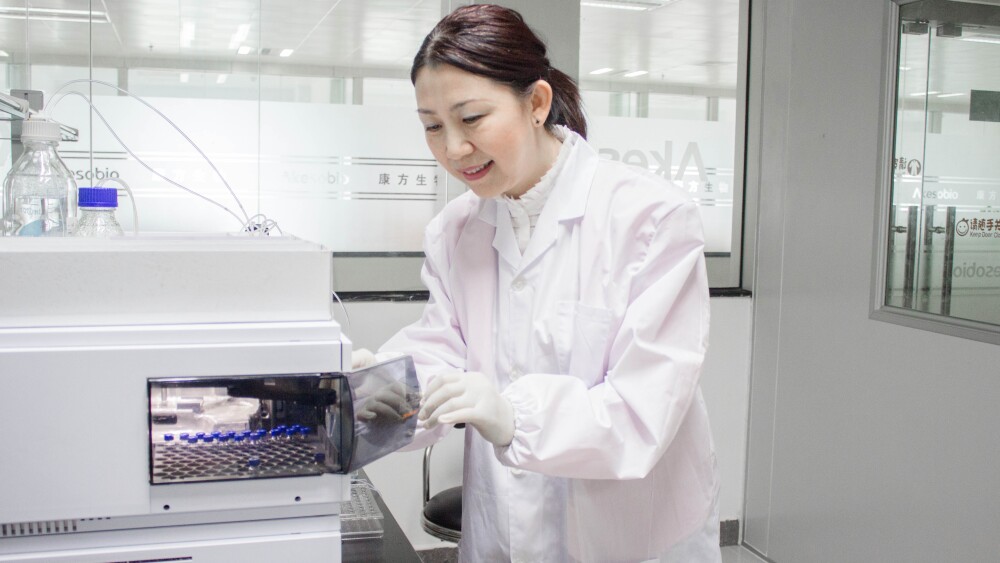• Laboratory fabricated tendon provides basis for new healthy tendon to be grown outside the body for implantation
• Orthocell has partnered with Griffith University, University of Western Australia and La Trobe University
• Grant to provide $430,000
Perth, Australia; 9th of July 2015: Leading regenerative medicine company Orthocell Limited has received an Australian Research Council (ARC) grant of $430,000 to further investigate tendon tissue and develop novel therapies such as the laboratory fabricated tendon project announced by Orthocell in November 2014.
“This latest ARC linkage grant was received in collaboration with Griffith University, University of WA and La Trobe and demonstrates the scientific quality of our collaborative research and the relevance to finding new and innovative ways of solving the serious challenge of tendon injury and degeneration,” Orthocell Managing Director Paul Anderson said.
“Being able to successfully demonstrate the growth of human tendon outside of the body has already generated a significant amount of international interest from scientists and life science companies.”
There are no currently approved technologies for the fabrication of human tendon outside of the body for full tendon replacement. Often when tendons are required to be substantially replaced, due to congenital, accidental or chronic issues, existing tendons are harvested and re-used which are not ideally suited to the application and often result in significant donor site morbidity. Likewise, synthetic tendon replacements have a history of failure and have been banned in many jurisdictions globally.
The laboratory fabricated human tendon potentially provides a solution to these significant challenges and meets a significant unmet patient need. More than 150,000 anterior cruciate ligament ruptures occur each year in the USA alone and the laboratory fabricated tendon would be a suitable solution to many of these surgical repairs. There are many additional tendon replacements in the hand, shoulder and hamstring that are also suitable targets for Orthocell and represent a significant market opportunity.
Help employers find you! Check out all the jobs and post your resume.
• Orthocell has partnered with Griffith University, University of Western Australia and La Trobe University
• Grant to provide $430,000
Perth, Australia; 9th of July 2015: Leading regenerative medicine company Orthocell Limited has received an Australian Research Council (ARC) grant of $430,000 to further investigate tendon tissue and develop novel therapies such as the laboratory fabricated tendon project announced by Orthocell in November 2014.
“This latest ARC linkage grant was received in collaboration with Griffith University, University of WA and La Trobe and demonstrates the scientific quality of our collaborative research and the relevance to finding new and innovative ways of solving the serious challenge of tendon injury and degeneration,” Orthocell Managing Director Paul Anderson said.
“Being able to successfully demonstrate the growth of human tendon outside of the body has already generated a significant amount of international interest from scientists and life science companies.”
There are no currently approved technologies for the fabrication of human tendon outside of the body for full tendon replacement. Often when tendons are required to be substantially replaced, due to congenital, accidental or chronic issues, existing tendons are harvested and re-used which are not ideally suited to the application and often result in significant donor site morbidity. Likewise, synthetic tendon replacements have a history of failure and have been banned in many jurisdictions globally.
The laboratory fabricated human tendon potentially provides a solution to these significant challenges and meets a significant unmet patient need. More than 150,000 anterior cruciate ligament ruptures occur each year in the USA alone and the laboratory fabricated tendon would be a suitable solution to many of these surgical repairs. There are many additional tendon replacements in the hand, shoulder and hamstring that are also suitable targets for Orthocell and represent a significant market opportunity.
Help employers find you! Check out all the jobs and post your resume.




